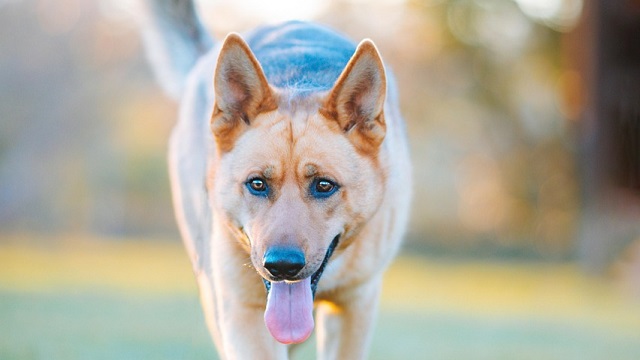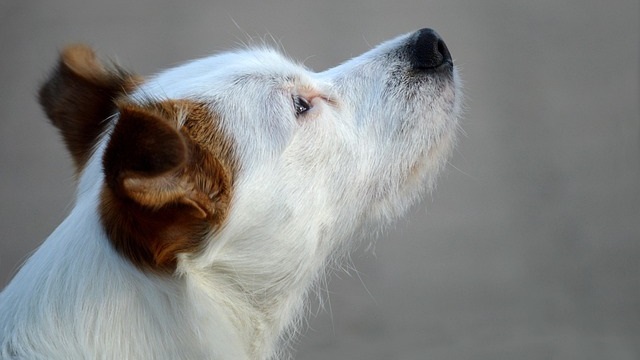Dog Breathing Fast After Exercise? What It Could Mean
Your dog breathing fast after an exercise got you alarmed? Don’t get your panties in a bunch. Yes, it can be scary. No doubt. We’ve all been there. It’s usually just a matter of them being hot after an exercise, panting to cool down. That’s how they regulate body temperature, after all. However, if the panting doesn’t seem to subside, it could be a cause for concern. Let’s learn how to tell the signs that either say — relax, it’s all good, or call a vet.
Key takeaways:
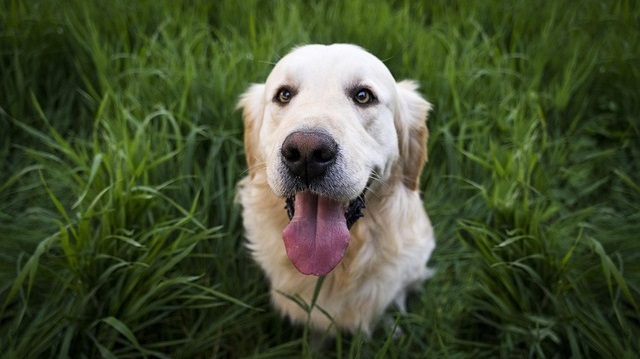
- Panting after exercise is normal, but it should ease within 30 minutes.
- Red flags include prolonged panting, fast heart rate, vomiting, excessive drooling, or restlessness.
- Senior dogs, brachycephalic breeds, and dogs with heart/lung issues are more at risk of poor cooldown.
- Healthy recovery means normalized breathing (10–30 bpm) and heart rate (70–120 bpm)
- Maven Pet is the only smart collar that monitors both heart and respiratory rate in real time
What Does Healthy Recovery Look Like?
After that zoomie blast in the park and a good session of playing catch, your dog’s heart rate and breathing should return to normal within minutes. When we say normal breathing, we mean between 10 and 30 breaths per minute, which can be up to 200 breaths per minute. As for the heart rate, it can depend on the size of the dog and breed, but we are looking at 70 – 120 beats per minute.
Here’s what normal post-exercise recovery looks like in dogs:
- Breathing returns to normal:
- Panting slows within a few minutes after rest begins
- Breaths become deeper and more rhythmic
- No wheezing sound, coughing, or struggling to inhale
- Heart rate settles:
- Within 20 minutes, the heart rate should return to resting levels (70-120 bpm)
- Check by laying your dog on their right side and placing a hand about the fifth rib (where the elbow touches the chest)
- They become relaxed again:
- The dog is looking for water and acts like its usual self again
- They will lie down in a cool area and start working on their grooming routine
- No pacing or whining is noted
- Gums and tongue are normal:
- Healthy pink gums with no signs of going blue, pale, or becoming overly red
Give it 30 minutes for it all to settle, and after that period, if your dog seems distressed, or just doesn’t “come down” like they usually do, then the state is worth investigating. A pet health tracker like the one from Maven Pet takes the guesswork out of the equation. By monitoring heart rate and breathing, it lets you know if your dog’s recovery is actually happening or if they’re silently struggling under the surface.
What Are the Signs that Something Might Be Wrong?
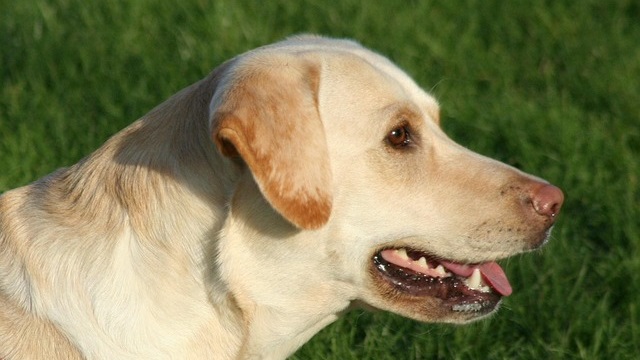
When your dog’s body struggles to bounce back after exercise, it can signal that something deeper is off. The usual culprits are heat exhaustion and overexertion, or an underlying health issue that’s been brewing unnoticed.
- Dog panting after exercise for over 30 minutes: Persistent panting could point to overheating, dehydration, or even heart strain, especially if it doesn’t match the level of exertion.
- Heart rate not returning to baseline: A fast heart rate in dogs, or tachycardia, is easy to spot – the chest feels like a jackhammer and doesn’t seem to calm down. If the heart rate consistently exceeds 160 bpm after exercise, it may indicate an underlying issue.
- Vomiting after an exercise: Vomiting after an exercise can be a sign of heatstroke or excessive physical exertion, and it can be a big red flag.
- Restlessness or inability to settle: Instead of lying down and chilling out, you see them repositioning and pacing all the time — another red flag alert. Your dog could be in the early stages of heatstroke.
- Drooling excessively: When you see that ropey saliva that appears out of nowhere and excessively, especially if it’s not common for your dog, you could be facing another heat stress sign.
Even one of these signs alone is worth noting. Two or more? You should call your vet and cool your dog down safely.
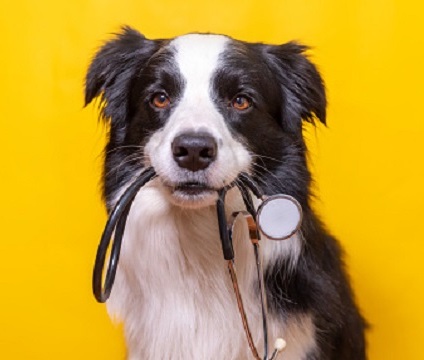
Not sure if your dog is sick?
Get a better idea of your dog’s current health status with our quick quiz.
What Dogs Are Most at Risk?
Older dogs, brachycephalic breeds with a shorter snout, like pugs and bulldogs, and dogs with lung and heart conditions are the ones most at risk of not being able to cool down after exercise.
First up, the older dogs. A study published in the Journal of the American Veterinary Medical Association found that older dogs lose a bit of their thermoregulatory ability, which makes them susceptible to heat-related issues, especially after exercise.
Then, there are our beloved pugs, boxers, and bulldogs, with their narrow nostrils and smaller windpipes that make breathing difficult even without the running around, let alone after an exercise.
Dogs with pre-existing heart diseases and lung conditions are more likely to experience a tough time breathing even after moderate activity. They will need more time to recover, so don’t get alarmed if the signs persist a while longer with them.
If your pet checks any of the boxes, it doesn’t mean they shouldn’t be active. It just means you need to monitor their recovery more closely, preferably with the help of a dog health tracker that can tell you when to dial things back a bit.
Dr. Joana Babo, DVM: Look for the Heart Rate Cues
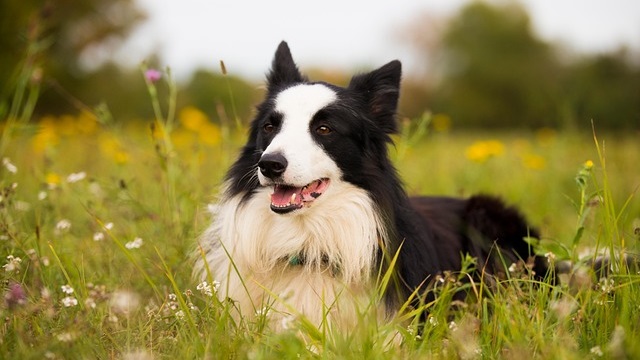
Vets urge pet owners not to panic and just stay vigilant of their pooch’s behavior after an exercise. Dr. Joana Babo emphasises the importance of monitoring the dog’s heart rate: “A dog’s heart rate can tell you a lot after a walk. If it stays elevated longer than it should — especially in older or flat-faced breeds — it might mean they’re struggling to recover, even if they seem okay at first.”
Why Tracking Cooldown Trends Matters
The cooldown period after an activity is when you can notice the first signs of trouble. If the heart rate and breathing return to baseline within minutes, you are in the clear. If they remain elevated, that’s the early warning system lightning up, which is why tracking the cooldown trends matters the most.
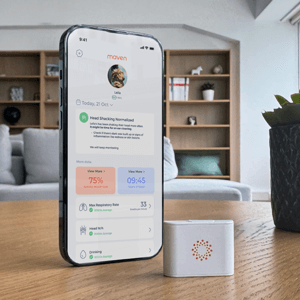
Maven Pet
Health Monitor
#1 Vet-recommended pet monitor! Tracks activity, rest, respiratory rate, water intake, scratching and other health indicators 24/7
However, consistent tracking is difficult to achieve on your own, as it requires a significant amount of time, and noticing subtle trends is borderline impossible without a monitoring system. That’s where Maven’s pet health app comes to your aid. It’s the only one of its kind to capture real-time respiratory data through state-of-the-art sensors built into the collar.
Not only does it collect data you can share with your dog’s pet, but with the help of a proprietary AI, you get a deeper insight into your pet’s health, medical records, and health trends for the breed.
Conclusion
Your dog breathing fast after an exercise is regular, but only if after a couple of minutes it settles nicely and gets its heart rate and respiratory rate in order. However, if your pup struggles to settle, breathes too fast for too long, or shows signs like vomiting or restlessness, don’t brush it off.
With Maven Pet’s smart tracker, you can track heart rate, monitor breathing in real time, and catch early warning signs before they turn serious, and that is how you stay one step ahead.
Maven Pet focuses on improving the quality of life of our pets with technology, using artificial intelligence (AI) to enable proactive pet care. By accurately collecting and monitoring pet data 24/7 and flagging any irregularities, Maven Pet empowers pet parents and veterinarians to stay ahead of potential health issues, ensuring the well-being and longevity of our beloved companions.

